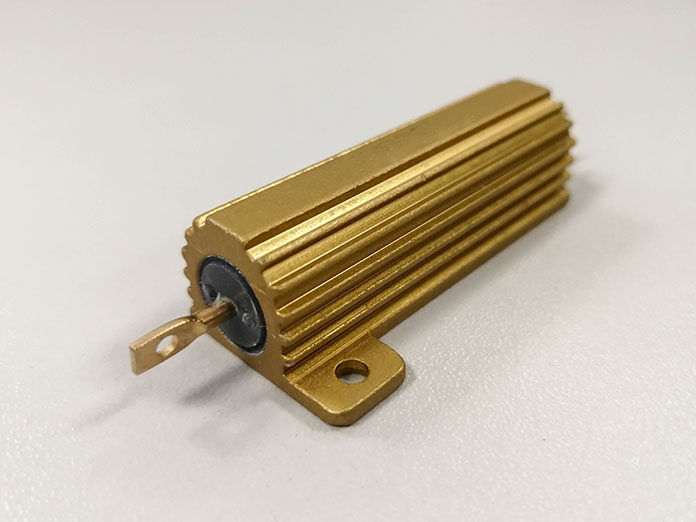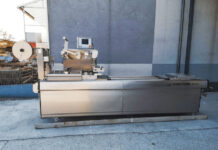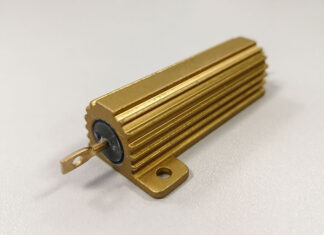There are many types of resistors used in electrical circuits. One particular type of resistor you may come across is the heating resistor. A heating resistor is a resistor that primarily converts electrical energy flowing through it into heat. You may ask what is the point of this and why it may be helpful? This article will explain heating resistors in detail and help you understand their uses and applications.
Heating Resistor Basics
In many circuits, it is recommended to minimize heat generated as it is unwanted. However, that is not the case for heating resistors. They draw in current, and due to their resistance, energy is generated as heat.
This heat that is generated is then used in various applications. There are two types of heating resistors separated mainly by their heating method. These are:
- Convective Heat Resistor
These heat resistors are used to heat the air around them. The heated air then rises upwards, carrying the heat with them. It enables heat transfer through the surrounding air. Some fans are used to direct the air to control the heating.
- Radiant Heat Resistor
This type of heat resistor heats an object or transfers heat through infrared radiation. It’s easier to control the direction of heat transfer, but the object must be in the line of sight of the heater. If it isn’t, the transfer will be obstructed.
Heat Resistor Uses
Since we’ve discussed the basics of the heating resistor, let’s see some of their uses:
- Quartz Radiant Heaters
This heater makes use of a quartz tube with a tungsten filament. A reflector is added to the tube. These types of heaters are used where you need to heat an object without touching it. The most common uses include paint drying, thawing or defrosting, and finally, in incubators.
- Electric Convection Heater
They are comprised of heating resistors with a special oil that helps better transfer heat to the air. Floor heating makes use of these heaters to keep the floor at a constant temperature. Some bathrooms also make use of it.
- Submersible Heating
Insulated heating resistors are used in aquariums and water boilers for cleaning and removing hard water. They are carefully designed and coupled with a thermostat for better temperature control.
- Cameras Lens
Heating resistors are often used in some CCTV cameras during the winter to prevent fogging.
Conclusion
As you can see, the heating resistor has many fascinating uses. We hope this article has proven informative regarding their use.












